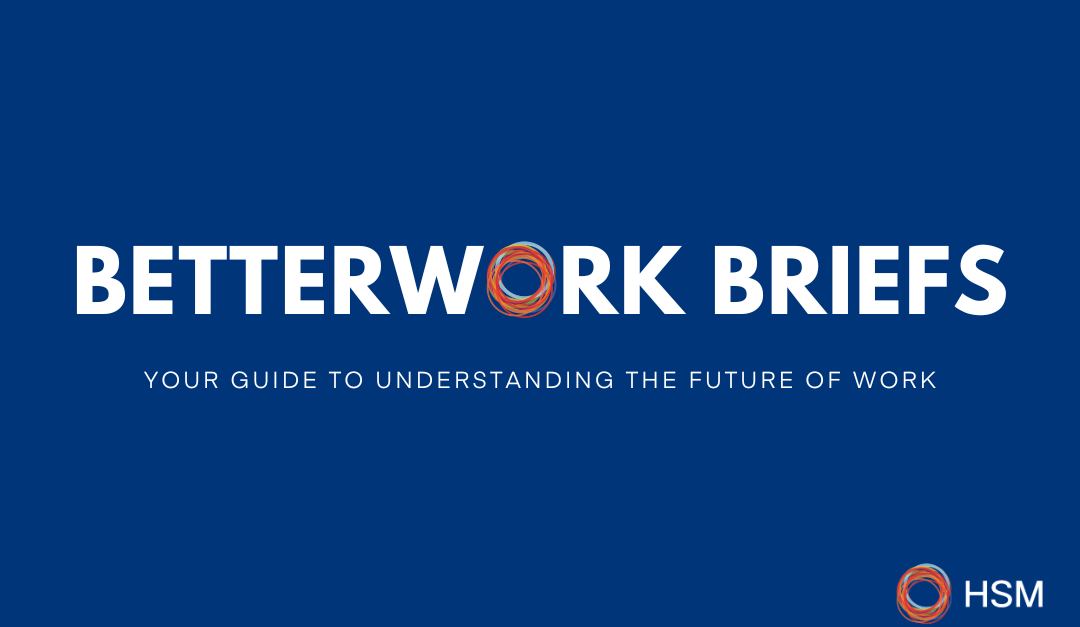What is Psychological Safety and why is it a must-have for leaders in 2026?

by Alex Lewis, Senior Consultant
As organisations look to rebuild momentum off the back of a tough few quarters, leaders are counting on their people to think creatively, collaborate and take smart risks to drive real value as an antidote to these challenging times. But what do these hallmarks of an innovative culture all rely on?
They require psychological safety.
What is psychological safety?
Psychological safety is a concept first introduced by Amy Edmonson of Harvard Business School, which she defines as the belief that it’s safe to speak up, challenge the status quo, and take risks without fear of embarrassment or punishment.
Psychological safety is quite simply the absence of interpersonal fear [McKinsey] and it is a key ingredient to helping people share their best ideas, work together and take smart risks to drive innovation forward.
According to a recent Gallup survey, moving the needle on psychological safety results in a 12% increase in productivity, and a 27% reduction in turnover.
In fact, a 2024 survey from the American Psychological Association found that people who reported feeling high levels of psychological safety rated themselves as 31% more productive than those who reported feeling lower levels of psychological safety.
Why psychological safety matters now
As organisations navigate AI disruption, complex and shifting markets, all against a backdrop of rapid change, team adaptability is becoming a core differentiator. Yet many people do not feel safe to freely contribute.
Gallup research shows that only 3 in 10 employees globally strongly agree their opinions count at work. That should be a warning sign to organisations: silence, disengagement, and risk aversion are major barriers to innovation.
What leaders can do to build psychological safety
Psychological safety is not a soft and fuzzy people concept, but a core strategic capability. However, psychological safety doesn’t happen by accident; it is built through specific leadership behaviours, reinforced over time.
In our work helping leaders build the capabilities that make psychological safety real, we’ve found that three leadership habits make the biggest difference:
1. Be proactive: Great leaders don’t wait for people to speak up. They regularly reach out, ask for input, and make it clear that ideas are valued. They listen actively, so their teams know their voices matter.
2. Role model openness: Leaders who create psychological safety welcome challenge and respond with curiosity, not defensiveness. Instead of shutting ideas down too quickly, they show that bold thinking is not just accepted, it’s expected.
3. Normalise failure: Smart risks often lead to mistakes, but what any successful Silicon Valley tech firm will tell you, these are extremely valuable learning opportunities. Great leaders spotlight these, sharing what has been learned, rather than just what went wrong. This sends a clear signal that progress matters more than perfection.
Want to know more?
In our Leadership Over a Latte series, we chat to Marilyn Nagel, Executive coach and Culture and Engagement Specialist, about the role of leadership in building resilient and psychologically safe teams, and importantly, how to bridge the gap between commitment with practical action.

